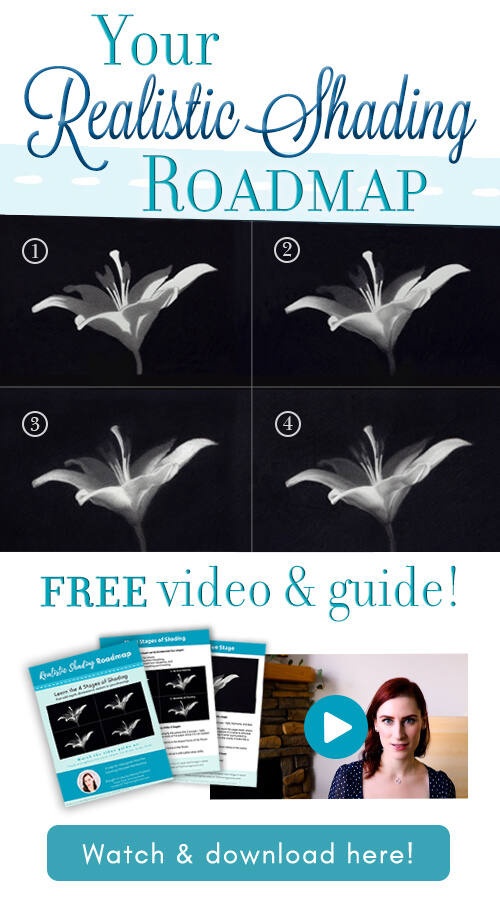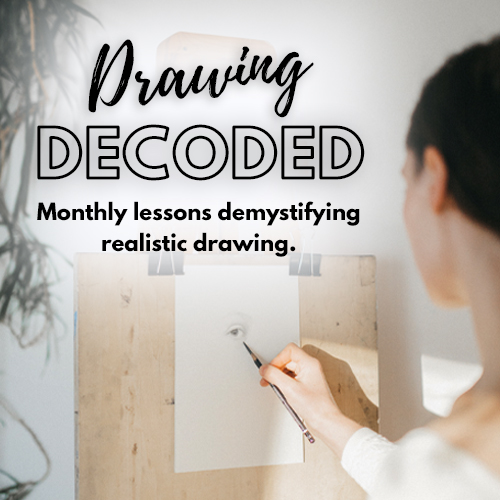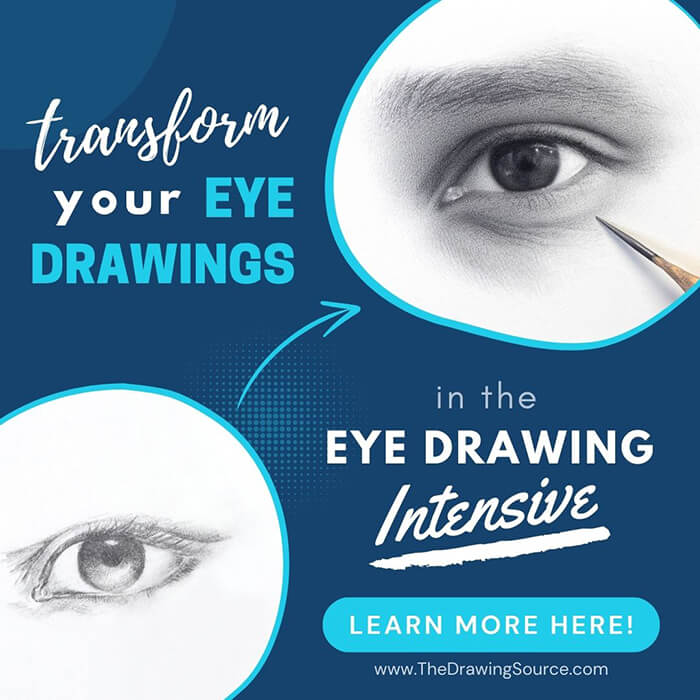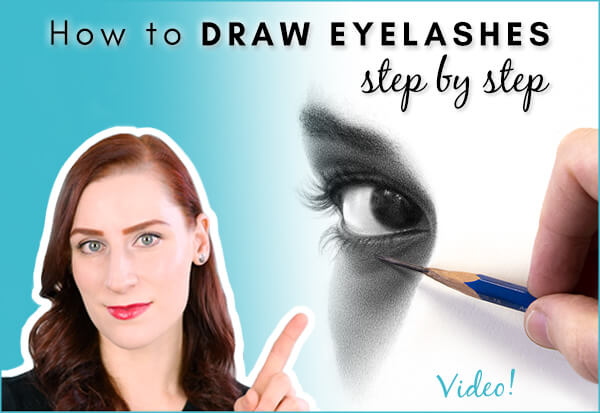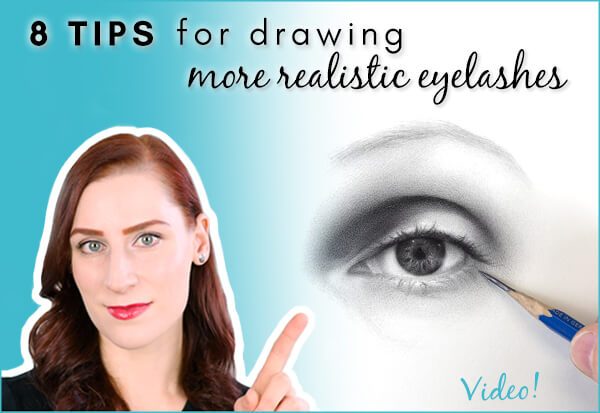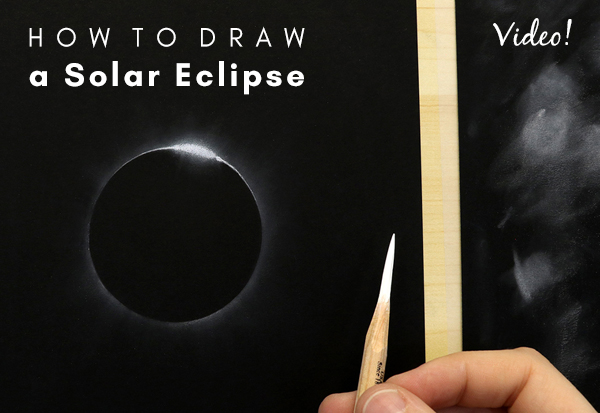- Home
- Drawing Supplies
- Drawing Paper
Choosing a Drawing Paper
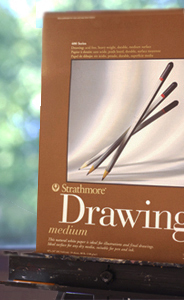
In essence, all we
need to draw is a pencil and a piece of drawing paper. That sounds
simple enough... but how, when you're standing in front of aisles and
aisles of paper at the art store, do you possibly choose one?
By the end of this page, you'll have the knowledge you need to make an
informed decision, and choose the paper best suited to your drawing.
When choosing a drawing paper, there are three things to consider:
- the material it is made of (content)
- the weight of the paper, and
- the surface quality of the paper.
B O N U S: Download a free Quick Guide to Selecting Drawing Paper!
(Plus, get a weekly newsletter and access the Free Members Area!)
What Paper is Made of
Paper is primarily made of cellulose,
which is the main constituent of all plant life. This means that you
can make paper out of any kind of plant, and each one will have its own
distinct characteristics.
Drawing paper is generally made out of wood cellulose, or cotton cellulose. Probably
the most important distinction between the two is that wood cellulose
comes from tree fiber, which contains a polymer called lignin.
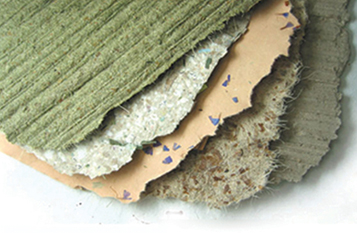
Lignin is photoreactive. This means that it reacts to light, causing the paper to become acidic and discolor over time. Newsprint paper is a perfect example: it's made of wood cellulose containing lignin, and yellows very quickly. When lignin is removed from wood cellulose, however, it results in very durable paper (for example, Strathmore 400 Series Drawing Paper - my personal favorite).
How do you know if your paper contains lignin? Look for acid free drawing paper, or one that has high alpha cellulose content: this means that the lignin has been removed.
Note that "pH neutral" does NOT mean the same thing as "acid free"!
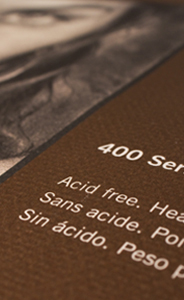
pH neutral
means that the paper had a neutral pH (7) at the time that it was made,
but may still contain ingredients that can become acidic over time (for
example, the size used to seal the paper).
Acid free means that nothing acidic (and nothing that can become acidic) was introduced to the paper at any point in the paper-making process.
Some manufacturers (such as Strathmore) take further precautions and make paper at a slightly basic pH of 7.2 to 7.5. This provides an alkaline buffer to help counter anything acidic that it may come into contact with.
This is very useful as it so easy for paper to absorb acidity, from:
- certain drawing media we may use
- the oils in our fingers
- the drawing surface we adhere our paper to
- the tape we use to attach paper to a drawing surface
- and potentially many others, so choose acid free drawing paper!
The second type of cellulose that drawing paper can be made from is cotton cellulose, which comes from the cotton bulb.
Cotton cellulose is naturally lignin-free and has a neutral pH.
Furthermore, it's extremely strong due to the structure of the cotton fibers. It's about 10 times stronger than wood cellulose, and results in the softest and most durable paper.
Look for the phrase "100% cotton rag" when looking for paper made of cotton cellulose.
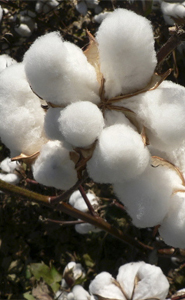
Paper Weight
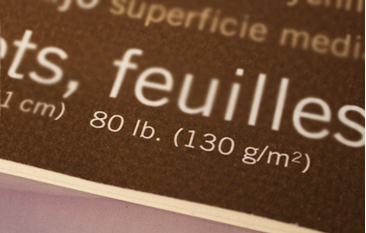
Drawing paper is weighed in two ways: in pounds (in the US), and in g/m2 (everywhere else).
To determine paper weight in pounds, the manufacturer weighs 500 sheets of the same size paper.
The
resulting total is the weight you see written on your drawing pad, such
as "80 lbs". To figure out the weight in g/m2, the manufacturer weighs
one sheet of paper that measures 1m x 1m.
The thickness (or heaviness) of paper depends on its intended
purpose, so each type of paper has a typical weight.
There is a common misconception that the heavier the paper, the better the quality.
However, heaviness is not necessarily an indicator of quality. Instead,
paper weight should be used to help determine whether or not the paper
and medium you intend to use are a good match. For example:
Sketch paper is the thinnest, lightest paper, varying from 30 to 60 lbs. It isn't meant be used for finished drawings, as most will discolor and degrade quickly. However, it's economical, and perfect for short studies, thumbnails, compositional sketches, and working out ideas.
Watercolor or printmaking paper has to be the thickest, heaviest paper because it must withstand the moisture from the water media applied to it. It usually weighs between 90 and 140 lbs. (The smoother, hot press watercolor papers can be great for drawing, also!)
Graphite or charcoal drawing paper
doesn't need the durability of watercolor or printmaking paper, but is
heavier than sketch paper. It usually weighs between 70 and 100 lbs. The
weight you choose should depend on how you work with your medium. For
example:
If
you work with charcoal in several layers, or erase often, choose a
heavier, more durable paper. For a drawing that you don't predict will
be too stressful on the paper, your choice can be based more on the
paper's surface quality than its weight.
There is no one paper that is perfect for everything, so the paper you
choose should depend on the kind of drawing you want to create.
Paper Surface
Last but definitely not least, let's consider what kind of surface texture you want to draw on. Drawing surfaces vary from ultra-smooth, to very coarse.
This is such a matter of personal preference that all I can really do
is offer you a starting point for your experimentation by telling you
what I prefer (and why), and what else exists out there.
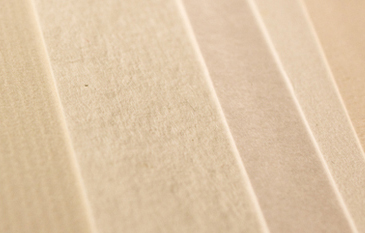
There are two main categories of surface qualities:
Hot-press paper is pressed under heated, high-pressure cylinders, and therefore is smoother and has less texture.
Cold-press paper is made under lower pressure using no heat, and therefore has a coarser, more textured surface.
The rougher or more textured the paper is, the more "tooth" it is said to have. The smoother the paper: the less tooth it has. Why is tooth important to consider?
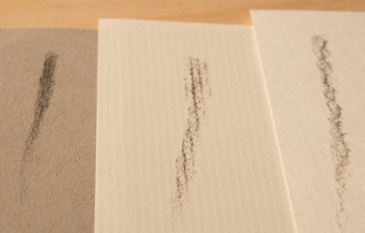
Think of it this way:
Every line that you draw is really just charcoal dust left by your pencil. This charcoal dust settles into the grooves created by the texture and porous quality of the paper.
Without
some degree of texture, the grooves would be too shallow, and unable to
hold the charcoal.
(Paper can be smoother for graphite drawing, as
graphite dust is much finer than charcoal dust.)
However, if the paper has a very coarse texture, the ridges will interfere with the line you draw (as shown in the photo above).
This isn't necessarily a bad thing! It's simply a matter of personal preference. For example, Seurat's drawings are quite textured, yet the surface quality does not disturb the illusions that he creates.
Quite the contrary, in my opinion: I think the texture adds a wonderful,
dream-like ambiguity that has come to be recognized as distinctly
"Seurat-lian".
(There's something to consider! How can you use the texture of the paper to create a certain look or mood in your drawing?)
The two sides of the paper
The top and bottom sides of drawing paper have different properties. The top side is called the felt side.
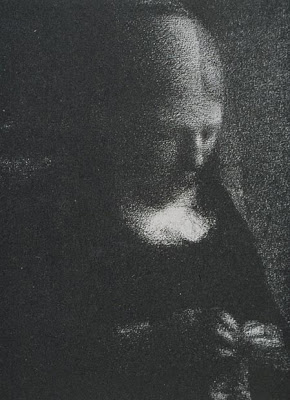
This side faces up on the conveyor belt during production, gets the
most attention, and is the side with the watermark when you buy a single
sheet of paper.
The grain of the paper is less noticeable on the felt side, so it is smoother.
The bottom side of the paper is called the wire side, because it faces down on a wire mesh screen during production. Which side you draw on is entirely up to you. I tend to draw on the felt side because I prefer smoother drawing surfaces.
The only type of paper that has the same texture on both sides is
two-ply paper. This is basically a double sheet of paper made by glueing
two sheets together, with the two front (or felt) sides facing out.
Deciding on a Drawing Paper
To summarize all of the above information, here is an example of my thought process when choosing a drawing paper. For my finished drawings, I look for paper that:
is acid free
has a high alpha cellulose content, or
is made of 100% cotton rag.
I
like a fairly smooth surface to work on, so I choose a hot-press paper.
Finally, I want it to be at least medium weight so that I can layer and
erase charcoal several times without compromising the surface.
As I have mentioned, choosing paper is very much a matter of personal
preference. Having said that, below you will find my preferred drawing papers that I encourage you to evaluate for yourself!
B O N U S: Download a free Quick Guide to Selecting Drawing Paper
(Plus, get a weekly newsletter and access the Free Members Area!)
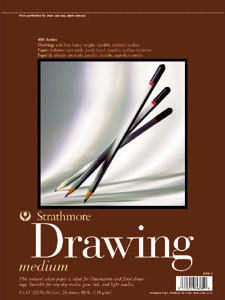
Strathmore 400 Series Drawing Paper
(recommended for graphite or charcoal drawing)
This is my favorite charcoal drawing paper. It's quite smooth, but has
enough tooth to hold the several layers of charcoal that I like to work
with. It's a fairly heavy, 80 lb paper, and is acid free. (Many of the tutorials on this site are drawn on this paper.)
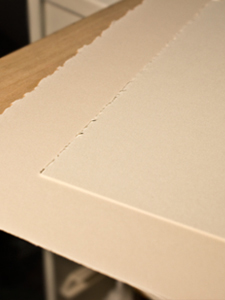
Stonehenge Drawing Paper
This is a great quality paper. At 90 or 120 lbs, it is slightly heavier
than the above Strathmore. It also has a coarser texture, as it is made
of 100% cotton fiber, and is acid free. It's available in sheets, rolls, and pads, and there are various
temperatures to choose from. Great for graphite or charcoal drawing!
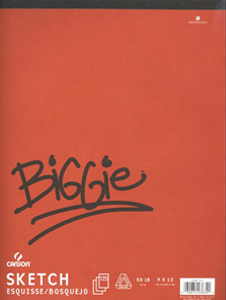
Canson Biggie Sketch
I like to use Canson Biggie Sketch, or Canson Biggie Recycled Newsprint.
If you enjoyed this page on drawing paper, you may also be interested in:
Related Pages
3 Ways to Use White Charcoal Pencils
